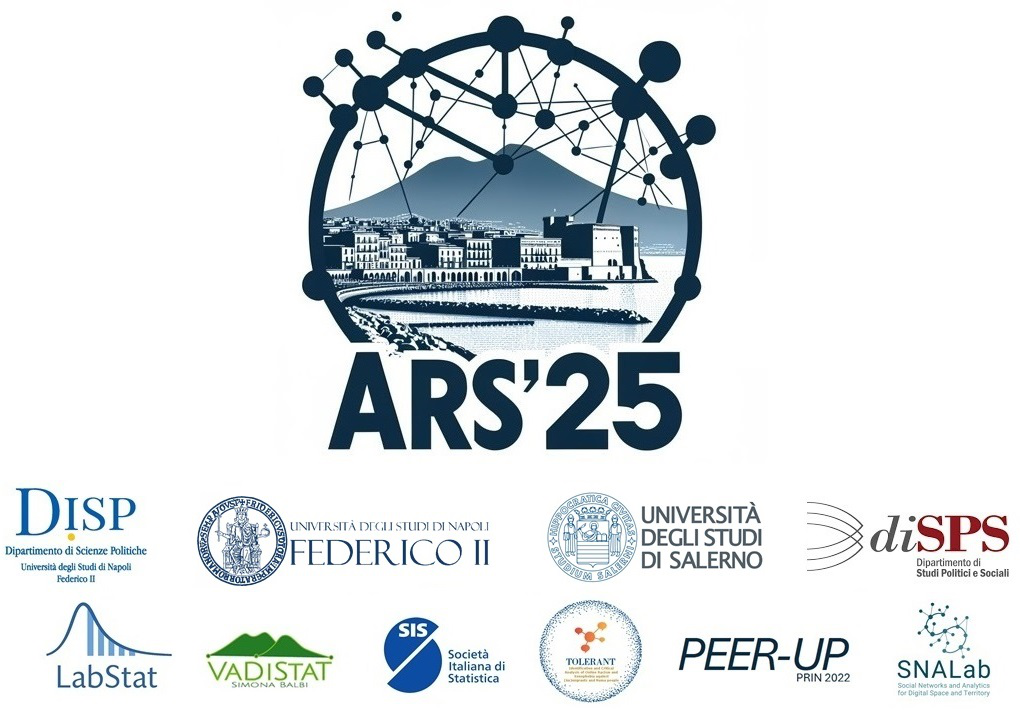Speaker
Description
This paper reports results from a project to develop a classification system for criminal groups that is more systematic and empirically based than the rather ad hoc collection of categories that is currently in use. The population of criminal groups to be classified was constructed from data on all co-offences reported by police in Canada during 2006-2009. These co-offences induce a 1-mode criminal network consisting of approximately 630,000 alleged co-offenders connected by approximately 800,000 edges.
This network has approximately 163,000 components, or criminal groups, ranging in size from 2 to 198 persons, with one giant component of approximately 172,000 persons. This giant component was decomposed by Louvain community detection into 478 smaller groups ranging in size from 2 to 2,266 persons. Each of the approximately 164,000 criminal groups was characterized by 32 variables describing the group’s size, the volume, duration, jurisdictional reach, and types of its criminal activities, its members’ attributes, and the structure of co-offending ties among the members. Conventional hierarchical clustering identified 5 main clusters of groups, with two of the clusters each subdivided into 5 sub-clusters. Each cluster and sub-cluster was then characterized by mean scores of the constituent criminal groups on the classifying variables.
Work continues on refining the methods of decomposing the criminal network and clustering the resulting criminal groups.
Keywords/Topics
criminal group
criminal network
taxonomy
clustering

